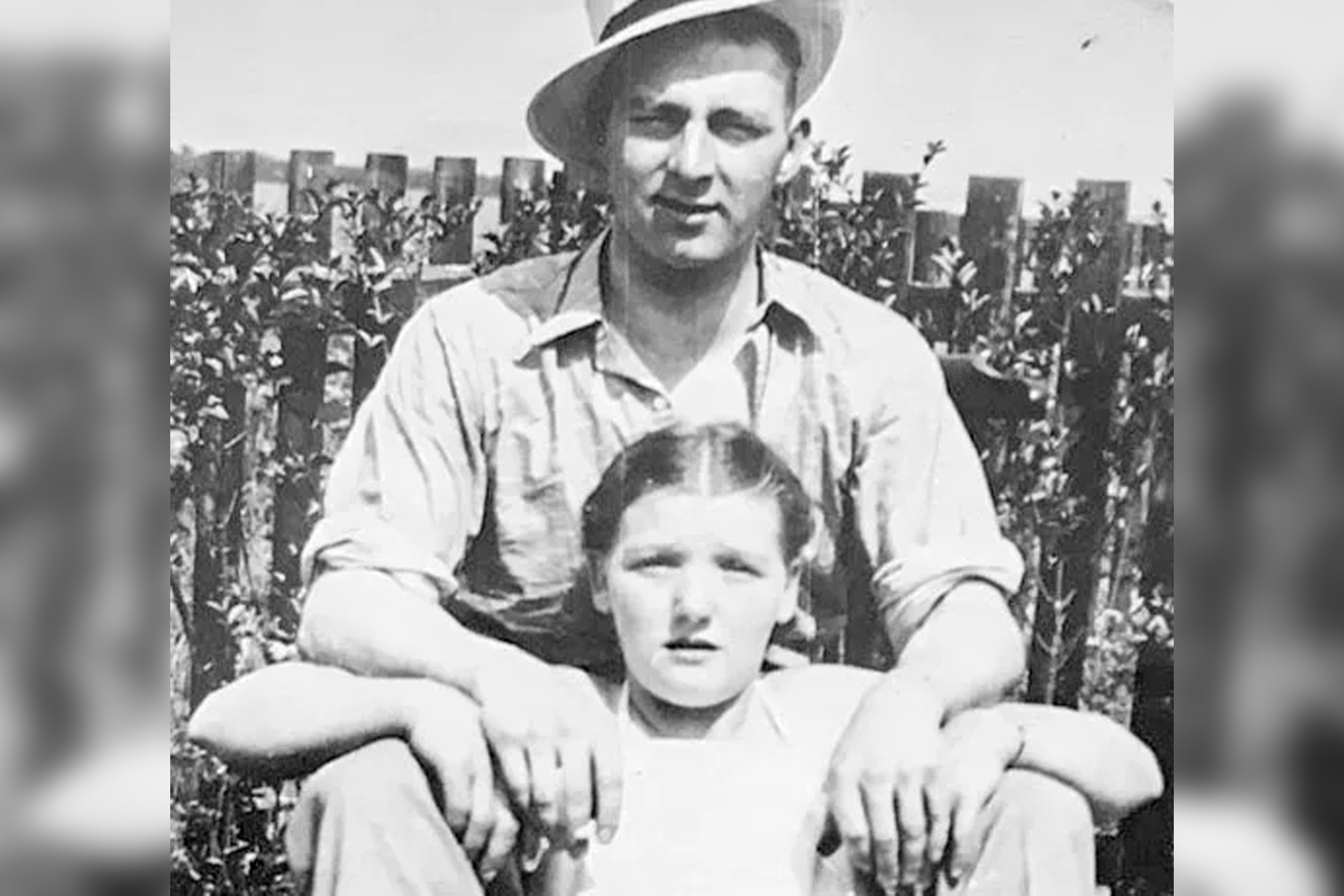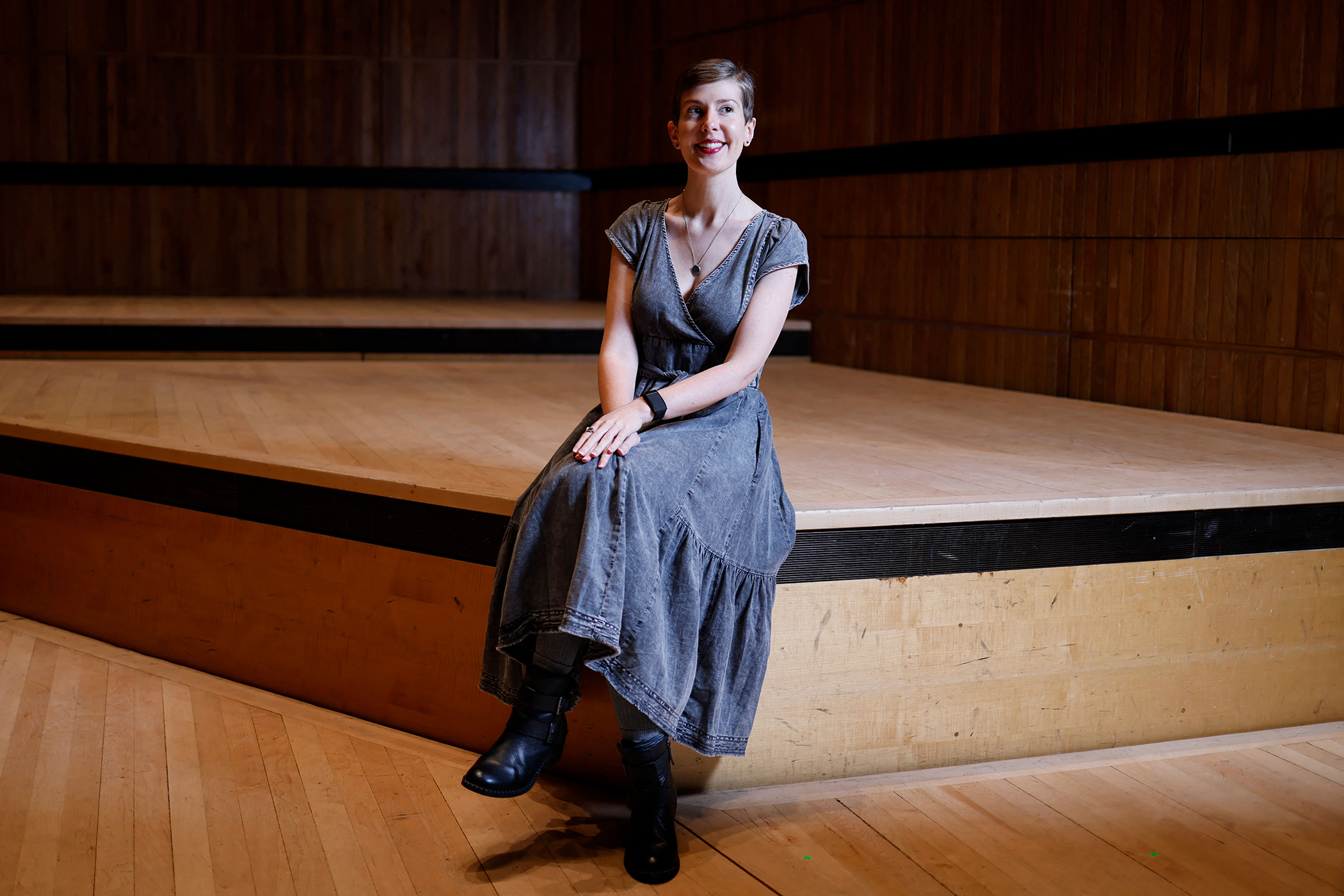We’re a mistrustful and cautious lot, Margaret Atwood says of her fellow Canadians. “I often had to explain to Americans that the Canadian equivalent of ‘Terrific! Unsurpassed! Genius! Best thing since sliced bread! Next door to God!’ is ‘Not bad’. If it’s really good, then ‘Not bad at all’.” If you’re an admirer of Atwood, you will recognise the dry, understated tone deployed here. But it marks, too, an unwillingness to rush to judgment, to always admit that things may very well be more complex than they seem on the surface. This is what has made her, from the beginning of her career, one of the sharpest and most imaginative novelists writing in English.
Atwood was born in Ottawa in 1939, as war was breaking out in Europe. In case you wonder what that birthdate means, Atwood, known as Peggy from her early days to distinguish her from her mother, also Margaret – provides her full horoscope, and describes the handy duality her nickname provided: “I had a hidden alter ego, waiting in the shadows for the call to writership. ‘Peggy’ was the Allegro Gemini, but ‘Margaret’ was the Penseroso Scorpio, an altogether more dubious character.”
What does she mean by “dubious”? Perhaps that she’s really going to leave it up to you to decide what to think. One of the greatest strengths of her work – the “also by Margaret Atwood” list fills two whole pages – is that it always allows for multiple interpretations, reminds the reader that the storyteller’s voice is never neutral, asks us to consider whether we can trust what we hear. We are allowed not to know because, well, such is life. What happens to Offred at the end of The Handmaid’s Tale? We find out in the television series; in the novel, we don’t.
Before you read this fat and satisfying memoir, you might ask yourself: what do I want to know about Margaret Atwood? Because there are many ways in, many ways to think about this remarkable life; hence the plurality of the title. Full disclosure: I am lucky enough to know the author a bit, and our first meeting, in 2003 at the Charleston festival in East Sussex, was characteristic of Atwood’s forthright curiosity. “You look awfully young to be ‘Erica Wagner’,” she said, as I quaked before her. I laughed and said something slight, as if to dismiss flattery. Margaret Atwood wasn’t having it. “No,” she said. “I want to know. How old are you?” Luckily, I was old enough, and on we went.
That fearless interrogatory quality was bred into her by her parents, as the wonderful opening sections of this book show.
Related articles:
Her story begins with her father Carl’s boyhood in Nova Scotia and his sudden fascination, “as a barefoot child walking home from school”, with a caterpillar, which he brought home to care for, only to see it transform into a huge, colourful moth. His career as an entomologist was sealed – that career would lead to him meeting Atwood’s mother.
“So I owe my existence to a large green caterpillar,” she writes. But there is clearly more to it than that. Carl Atwood took a job with the Canadian department of agriculture: for months at a time, the family – Atwood has an older brother, Harold, and younger sister, Ruth – were off in the woods, with water drawn from a hand pump and a wood stove to cook on. “If visitors came unexpectedly, our mother would just go down to the dock, cast in a line, and out would come a pickerel,” she writes. It reads at one level like an idyllic scene, but also demonstrates, as no literary analysis could, Atwood’s deep background. Close observation and true understanding of the way the world actually works enable survival in such settings – and are also the very best tools of the artist.
She expresses her conflicts in letters to an imaginary advice columnist – a marvellously Atwoodian conceit
Atwood is careful to point out, however, that when she was at school in the 1950s, “Canadian literature” didn’t exist as such. “I grew up thinking that there hadn’t been any Canadian writing except for that of the humourist Stephen Leacock,” she says – perhaps you, like me, would have to check Wikipedia to discover that Leacock was “the best-known English-speaking humourist in the world” between 1915 and 1925. Another way into this book, then, is by seeing it as a documentary of what one might call an anti-colonialist movement, as Atwood, along with Canadian publishers such as McClelland & Stewart and House of Anansi, created a climate for real change. Atwood’s first substantial work, her poetry collection The Circle Game, was published in 1966 and won the Governor General’s award – yet at the time, she reminds us, Canadian literature was regarded as “provincial and uninteresting” by the rest of the world. Just five years earlier, in 1961, only five novels were written by Canadians and published by Canadian-based publishers: “That’s the fingers of one hand for the whole year.” Sometimes, as she’d be the first to admit, things do really do get better.
An alternative route into the book is to track the crumbs of autobiography she scatters within her fiction throughout; how, in her early career, her complicated friendship with a girl called Sandra transformed itself into the material of Cat’s Eye; how, much later on, her defence of the Canadian writer and academic Steven Galloway, who was dismissed from his university post in 2016 after allegations of sexual assualt, led to her being pilloried online and came to inform The Testaments: “I was experiencing at first-hand a pale version of what it’s like to live through an ideological clampdown.” You may ask – and I hope the author would approve of the question – whether any writer truly understands their most fundamental sources or motivations, but there is no doubt these glimpses of the mechanism are fascinating.
Then there is the love story. There was a youthful marriage to an American writer, Jim Polk, but her true love was Graeme Gibson, a novelist, passionate birdwatcher and dear, lifelong companion. At the end of his life, dementia captured him; he died in 2019, just as Atwood was embarking on the book tour for The Testaments. (“Ask yourself, Dear Reader: The busy schedule or the empty chair? I chose the busy schedule. The empty chair would be there when I got home.”) In her recent poetry collection, Paper Boat, she published a poem called Lucky, reproduced here, a portrait of a fortunate and companionate pair as dusk and darkness come calling.
But some of the most striking and moving sections of this book are those that admit the challenges and unhappiness of her relationship with Gibson; strikingly, Atwood expresses her deepest conflicts in letters to an imaginary advice columnist. It is a technique that both highlights her pain and holds it at a distance: a marvellously Atwoodian conceit.
As to how she ends this generous book, I will allow you to discover. Suffice to say, a green caterpillar plays a significant role. We are all a part of the great web of life, as Margaret Atwood knows better than most. So, you know: “Not bad at all.”
Book of Lives: A Memoir of Sorts by Margaret Atwood is published by Chatto & Windus (£30). Order a copy from The Observer Shop for £27. Delivery charges may apply
Editor’s note: our recommendations are chosen independently by our journalists. The Observer may earn a small commission if a reader clicks a link and purchases a recommended product. This revenue helps support Observer journalism
Photograph of Atwood in 1972 courtesy of Toronto Star/Getty Images



